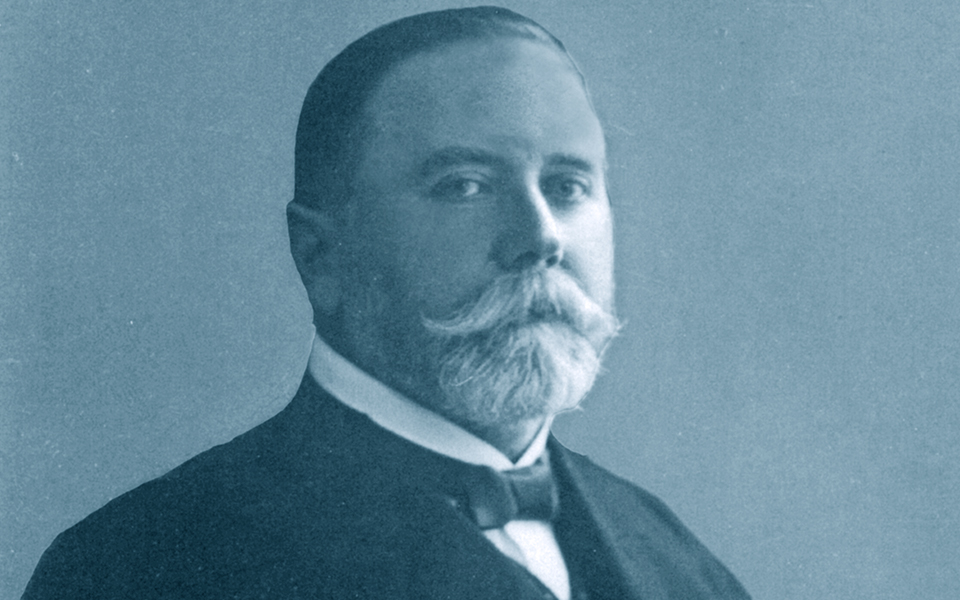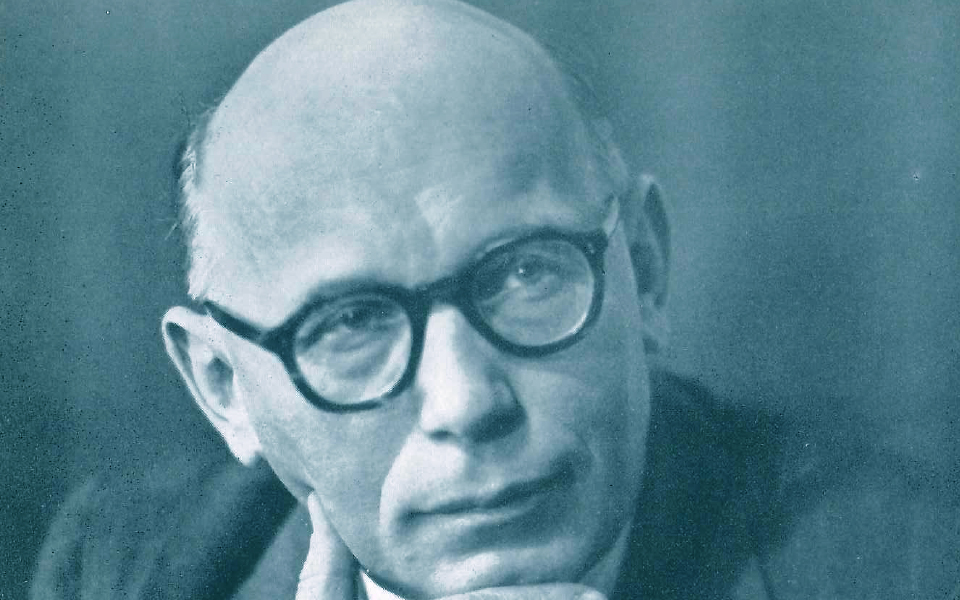We are following in the footprints of giants like Wilhelm Schmidt and Alfred Schack.
Both of them rethought their business and advanced their industries with pioneering solutions in the area of heat recovery.
Every innovation which our SCHMIDTSCHE SCHACK engineers develop is rooted in this centennial experience.
Since the very start, profitability was of paramount importance.


In the early 20th century, we developed a steam superheater which increased the performance of locomotives by 30%, while simultaneously reducing the consumption of coal.
Today, we now advance efficiency by utilizing digital solutions for Industry 4.0. and promote our branch with leading expertise regarding customized heat transfer solutions which set benchmarks in durability and availability.
This efficiency and inventiveness is part of our history. We promise to pass it on to the next generation of SCHMIDT’SCHE® and SCHACK® solutions.
By enabling the recycling industry to turn garbage into jet fuel, we therefore assume our share in developing sustainable solutions to create a greener tomorrow and make another step towards a circular economy.
The future is wide open …
Time and again, we have pushed the boundaries a bit further and thereby raised the level of the impossible.
Now, with Zero.One®, SCHMIDTSCHE SCHACK is taking the next step:
by digitizing our solutions, we are not only contributing to Industry 4.0.
We are noticeably adding value for our customers.
ALSTOM Power Energy Recovery GmbH as part of the former product line “Auxiliary Components” from ALSTOM Power Energy Recovery GmbH was acquired by the private equity firm Triton.
Formation of the SCHMIDTSCHE SCHACK Division in the newly-founded ARVOS Group and name amendment to SCHMIDTSCHE SCHACK I Arvos.
Schmidt’sche Heißdampf-Gesellschaft m.b.H. develops the world’s first Transfer Line Exchanger for the ethylene production process.
The SCHMIDT’SCHE® design, which is based on a Double Tube & Oval Header technology platform, is an integral part of the ethylene production process.
In addition, it is responsible for rapid cooling of the cracked gas as well as for generating high pressure steam.
Schmidt’sche Heißdampf-Gesellschaft m.b.H. develops a SCHMIDT’SCHE® Superheater design for locomotives which achieves 400°C (750°F) steam temperature.
This design is adopted by the locomotive industries worldwide.
After some difficult post-war years, Schmidt’sche Heißdampf-Gesellschaft m.b.H. – now under new management – begins to focus on the development and design of waste heat steam generators.
The Schmidt’sche Heißdampf-Gesellschaft m.b.H. Double-Tube system, now famous and tried and tested throughout the world, is initially introduced.
Alfred Schack receives the order to construct a plant which will go down in history as the largest recuperator of steel.
This project is followed by other significant investments: The world’s first Siemens Martin oven with recuperator heating and the world’s first hot air oven in 1939.
Alfred Schack, author of the first textbook which focused on the practical needs of engineers, “Der industrielle Wärmeübergang”, published in 1929, founded the Rekuperator KG Dr.-Ing. Schack & Co. company with the support of Demag AG.
The world’s first high-pressure steam boiler, with an operating steam pressure of 60 bar, was developed. The system was subsequently produced by licensees.
At the world fair in Paris, the first superheated steam locomotive based on Schmidt’s design was presented and subsequently awarded a major prize.
From 1902, the railway companies in Germany, Europe and overseas adopted their locomotive to the SCHMIDT’SCHE® superheated steam technology.